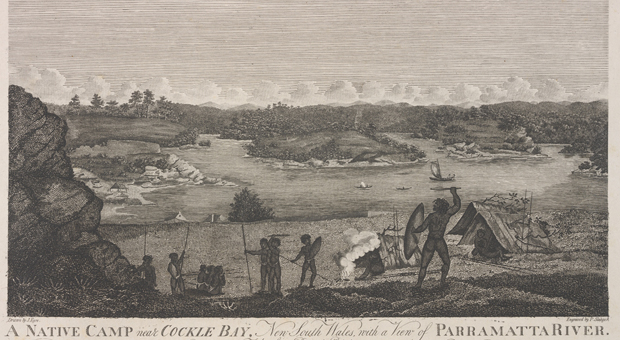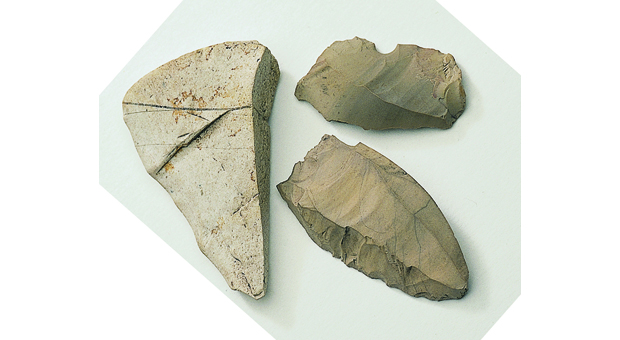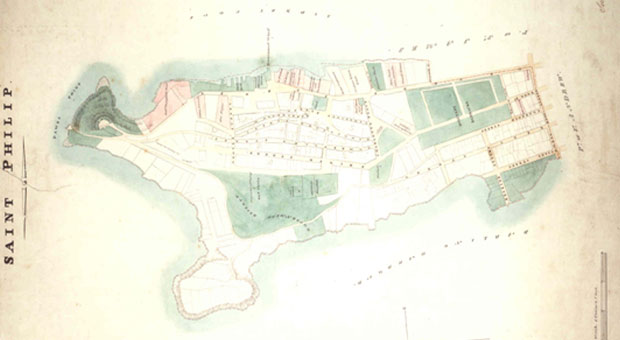
Archaeology


Aboriginal sites on Goat Island

Moore Park Campsite

Tinker’s Well

Moores Wharf Midden

Moore Park Engraving

Yurong Cave and Yurong Midden

William Street

St Mary’s Cathedral Hatchet

The KENS Site

Junction Lane Campsite

Conservatorium of Music

Wynyard Walk campsite

Darling Walk Midden

Dawes Point / Tar-Ra

The site of First Government House

Lilyvale Campsite

Sheas Creek (Alexandra Canal) Alexandria

Tank Stream Sydney